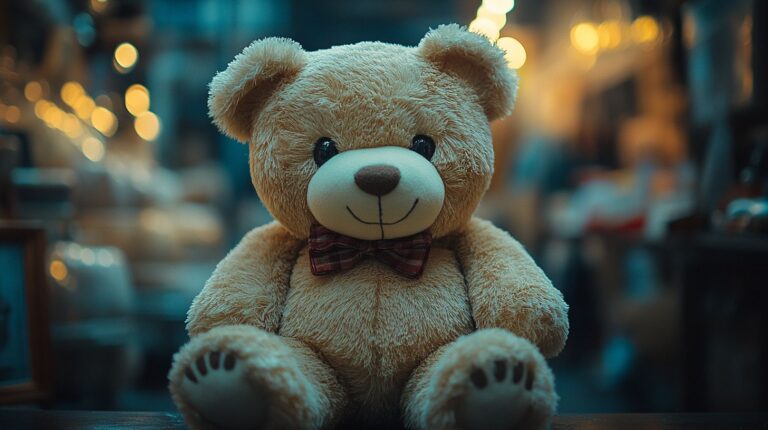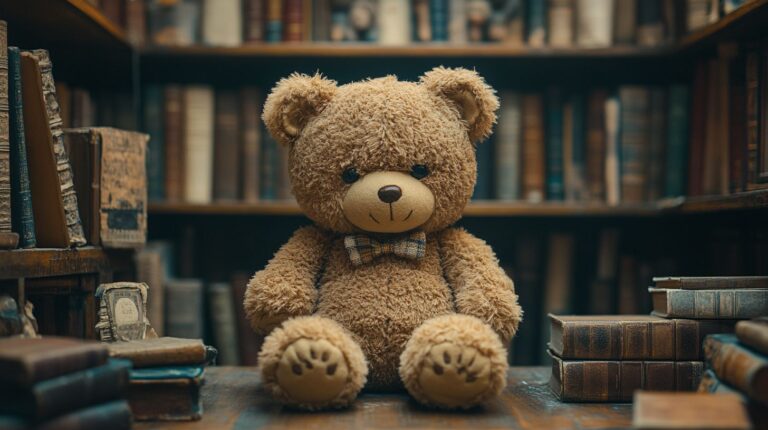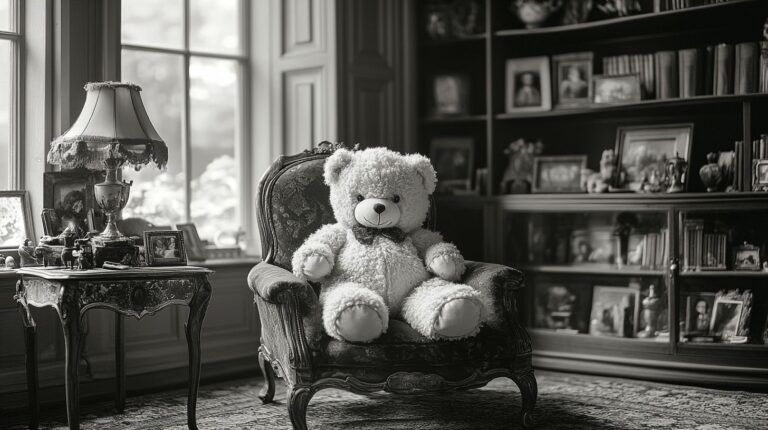Getting started with teddy bear collecting? You'll want to sort out a few essentials to properly look after your furry friends. Whilst price guides like Worthpoint can be helpful, I've found LiveAuctioneers particularly brilliant for realistic valuations of vintage bears. A decent magnifying glass is absolutely vital – splash out on a proper 10x one, and grab yourself a UV torch for checking repairs and authenticity.
Storage is rather important, though it needn't break the bank. Glass display cabinets start around £200, but if you're serious about preservation, museum-grade cases are worth considering. Pop in a few silica gel sachets to keep the nasty damp at bay. As for cleaning, specialist wool wash does the trick nicely, and invest in some properly soft brushes – your bears will thank you for it.
The collecting community is absolutely lovely, particularly on TeddyTalk.co.uk where you'll find some proper enthusiasts. Nothing quite beats the atmosphere of the shows at Kensington Olympia, though – there's something rather special about handling these treasured bears in person and chatting with fellow collectors over a cuppa.
Key Takeaways
Essential Tools for the Discerning Bear Collector
If you're serious about teddy bear collecting, you'll want to consider a subscription to specialist valuation sites like Worthpoint – they're brilliant for getting a handle on current market prices, though I find LiveAuctioneers particularly useful for tracking auction trends.
The right tools make all the difference when examining potential purchases. I wouldn't be without my magnifying glass for checking labels and stitching, whilst a UV torch proves invaluable for spotting repairs or replacements. Do keep a decent camera handy – proper documentation of your collection is absolutely vital.
Proper storage is worth every penny spent. A good glass display cabinet not only shows off your bears beautifully but keeps them safe from dust and damage. Mind you, getting one with proper climate control might seem a bit dear at first, but it's essential for preserving older mohair specimens.
When it comes to maintenance, gentle cleaning is paramount. You'll need some specialist bits and bobs – soft brushes are essential, and don't skimp on proper wool wash. I always keep acid-free tissue paper on hand for careful storage and padding.
Whilst the practical elements matter enormously, joining collector groups has proved absolutely invaluable. There's nothing quite like chatting with fellow enthusiasts who understand your passion. Plus, they're brilliant for getting second opinions on authentication and keeping tabs on what's hot in the market.
Online Teddy Bear Price Guides
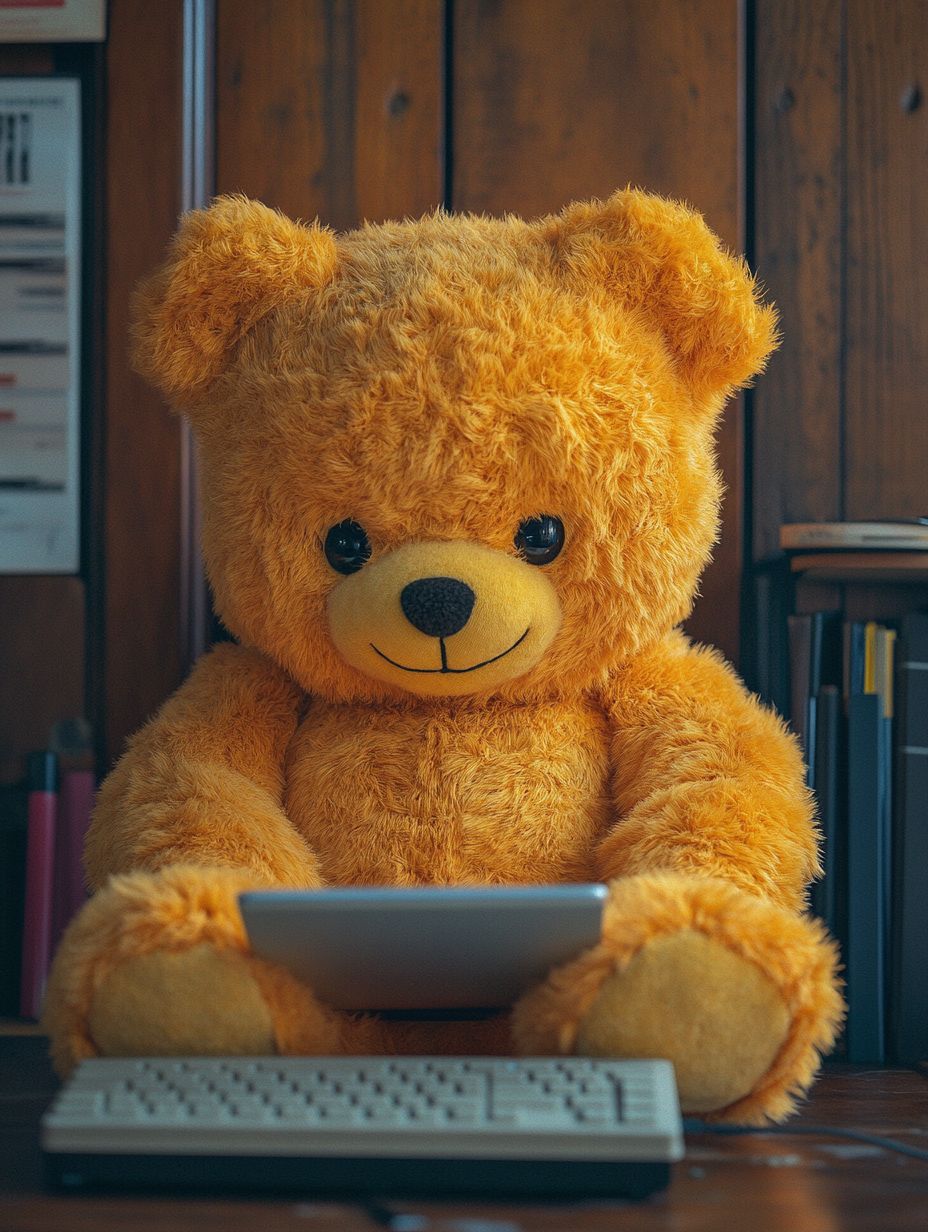
Sorting out the value of vintage teddy bears can be rather tricky these days. While seasoned collectors might've cut their teeth at car boot sales and antiques fairs, most of us need a proper online guide to make sense of the current market.
There's quite a selection of reliable websites that specialise in teddy bear valuations, from century-old treasures to more recent pieces. Worthpoint stands out as particularly brilliant, with its extensive database tracking real auction prices from across the globe.
LiveAuctioneers is another gem – their archive of prestigious sales through the likes of Christie's comes complete with lovely detailed photographs. For those keen on Steiff bears (and who isn't?), the Teddy Bears Price Guide is spot on, updating their listings every fortnight.
Do keep an eye on prices in sterling, mind you – British bears often fetch rather different sums compared to their European counterparts.
These guides generally ask for a modest subscription – somewhere between £5 and £15 per month – but it's money well spent when you're trying to work out whether that charity shop discovery might be worth a small fortune.
Best to check several sources though, as values can swing wildly depending on whether your bear's a bit tatty or comes with proper paperwork.
Essential Identification Tools

Getting to grips with proper teddy bear identification requires quite a bit more kit than most people realise. At the bare minimum, you'll want a decent magnifying glass – nothing less than 10x will do – along with some proper measuring callipers and a comprehensive guide to makers' labels and marks.
A UV torch is absolutely brilliant for spotting those sneaky repairs and replacements that might otherwise slip past unnoticed. Mind you, keeping detailed notes is crucial; I've lost count of the times I've kicked myself for not writing down particular stitching patterns or the exact shade of mohair.
While plenty of collectors swear by their mobile phones, I'd strongly suggest investing in a proper digital camera with macro capability – especially when you're dealing with those tricky details like eye variations or nose embroidery.
Cotton gloves might seem a bit fussy, but they're actually rather important, particularly when handling valuable pre-war bears that could be worth hundreds of pounds.
And do get yourself a good pair of tweezers – they're absolutely invaluable for examining stuffing and testing joints without risking any damage to these precious old bears. Mind you, some of the antique specimens can be rather delicate, so it's worth being extra careful with these tools.
Storage and Display Solutions
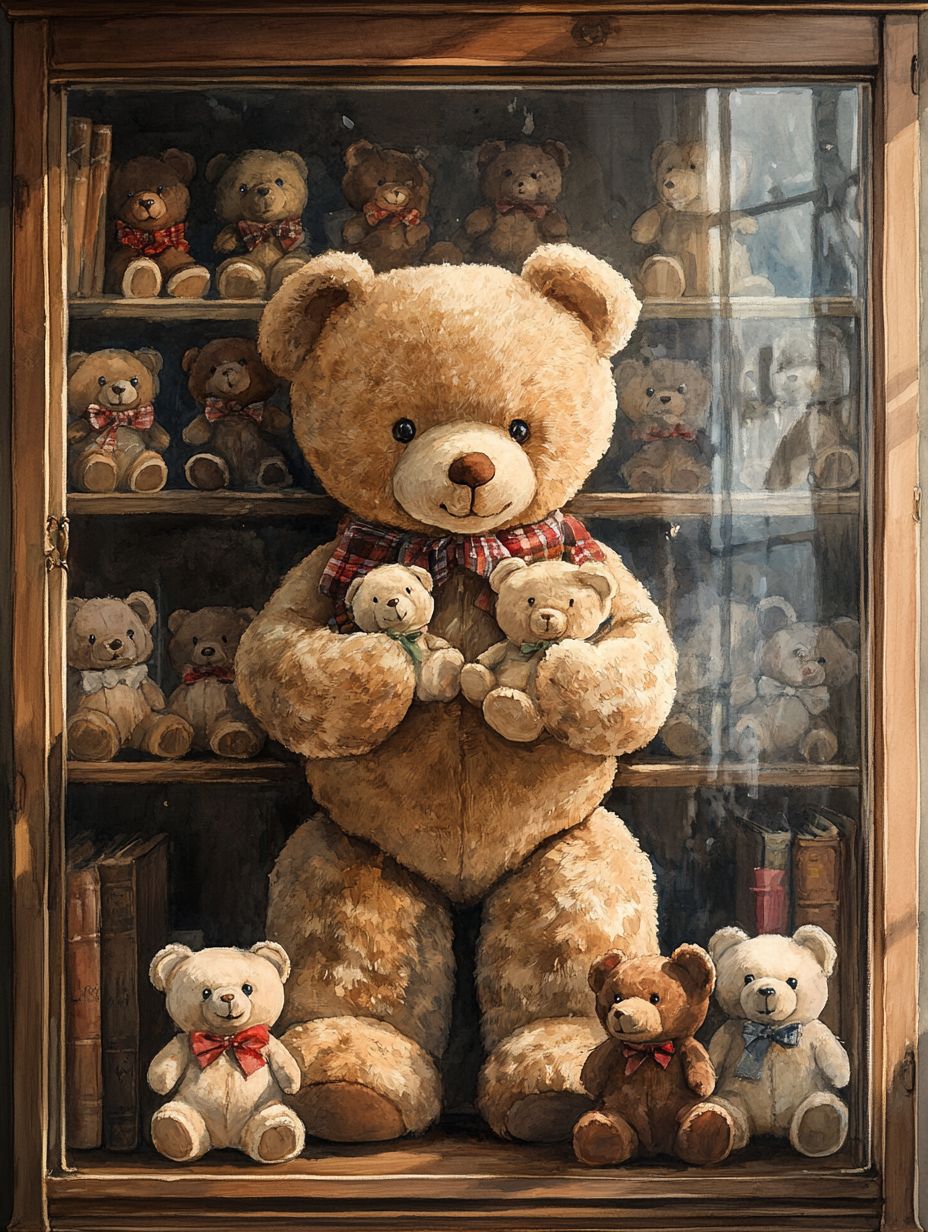
Looking After Your Teddy Bear Collection
Anyone who's serious about their teddy bears knows proper storage isn't just about keeping them tidy – it's about preserving precious memories. I've found that getting the display just right can be a bit of a faff, but it's worth taking time to sort out proper lighting, humidity levels and easy access.
| Storage Type | Advantages | Best For |
|---|---|---|
| Glass cabinets | Dust-free, secure | Valuable antiques |
| Open shelving | Easy access, affordable | Modern collections |
| Rotation boxes | Space-saving, protective | Seasonal displays |
Mind you, if you've got your hands on a rare Steiff or vintage Merrythought, you might want to splash out on a museum-grade display case. They're not cheap – expect to pay upwards of £200 – but rather that than watch your prized bear deteriorate. Whatever you do, keep the poor things out of direct sunlight, or you'll end up with patchy, faded fur before you know it.
For smaller collections, I rather fancy those adjustable bookcases you can customise. They're brilliant when you've got everything from tiny pocket bears to massive great ones taking up space. Just remember to give them all a gentle dusting now and then with a soft brush. Oh, and pop a few silica gel sachets in with any bears stored in dodgy spots like the loft – damp is an absolute nightmare for these old chaps.
Cleaning and Restoration Materials
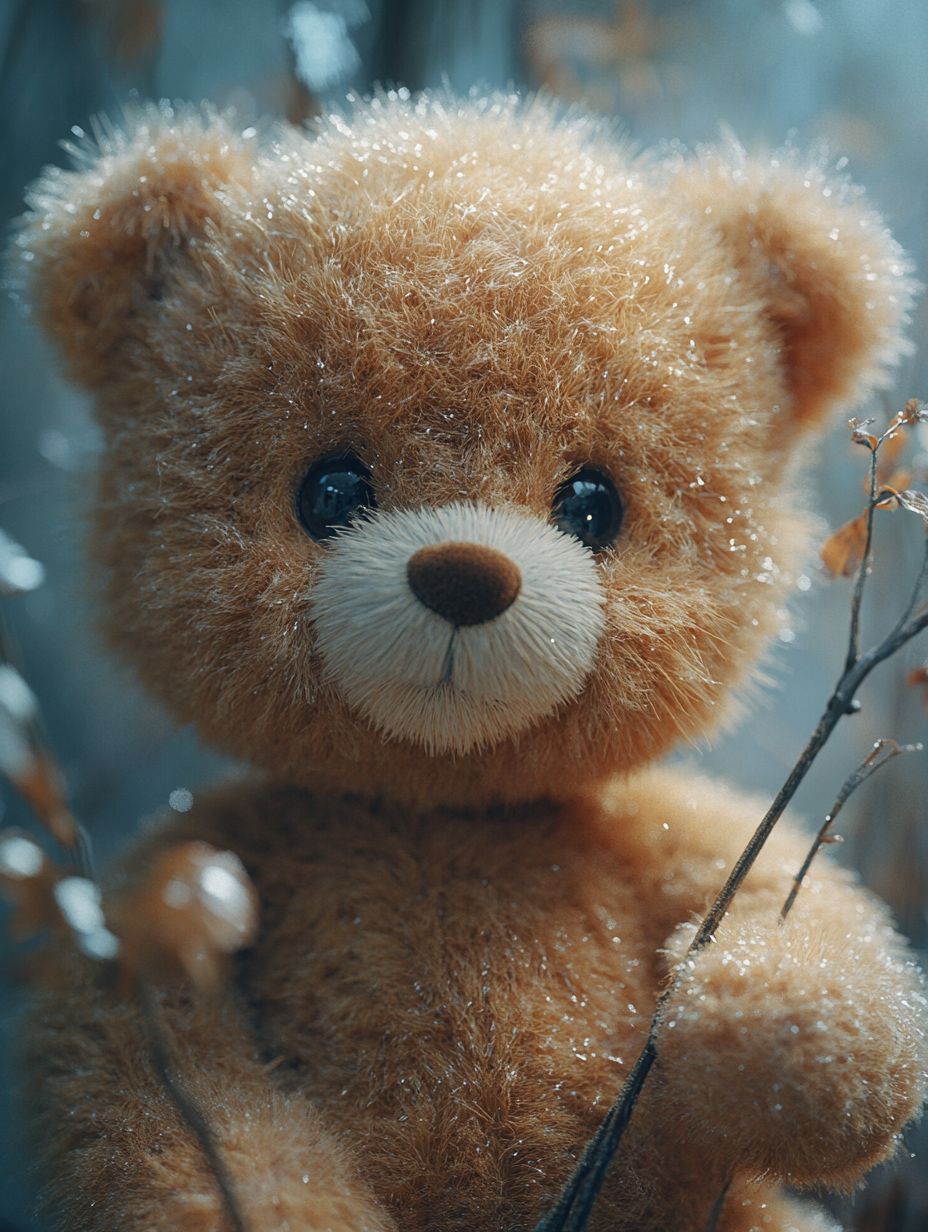
Looking after teddy bears properly requires quite a specific set of cleaning bits and bobs. The basics include some genuinely soft brushes (the sort that wouldn't harm a butterfly's wing), a decent lint roller, and gentle cleaning solutions. Woolite works a treat, though I prefer the specialist wool wash from M&S – it's particularly good with delicate fabrics.
When it comes to repairs, you'll need a proper selection of threads and needles. Finding the right glass eyes can be tricky, but there are brilliant specialist shops that stock authentic replacements. The mohair cleaning solutions aren't cheap – expect to pay around £15 for a decent bottle – but they're worth every penny if you're serious about preservation.
Do keep some acid-free tissue paper and cotton gloves to hand; they're absolute lifesavers for handling precious bears.
Perhaps the most crucial bit of kit is a proper vacuum cleaner with adjustable suction. John Lewis has some brilliant ones around the £80 mark that do the job beautifully.
Mind you, stubborn marks might need specialist solvents, though it's rather important to test these somewhere inconspicuous first – learnt that one the hard way!
Collector Communities and Resources
The world of teddy bear collecting really comes alive when you connect with fellow enthusiasts – there's nothing quite like sharing tips and tales over a proper cuppa. These days, the community stretches far beyond the traditional village hall meetups, though those monthly gatherings remain absolutely lovely for a good natter about rare finds.
| Resource Type | Where to Find It |
|---|---|
| Online Forums | TeddyTalk.co.uk, The Bear Garden |
| Trade Shows | London Teddy Bear Festival, Hugglets |
| Publications | Bears & Buds Magazine, Christie's Catalogues |
The larger exhibitions at Kensington Olympia are brilliant fun – thousands of collectors milling about, sharing stories and hunting for treasures. Mind you, the real gems often pop up at specialist auctions, where particularly special bears can fetch hundreds or even thousands of pounds. Worth keeping an eye on those catalogues!
Local bear appreciation societies are absolute goldmines of knowledge. Most maintain fascinating archives of manufacturer histories, and the old hands are generally chuffed to bits to help authenticate potential finds. Rather peculiar how a shared love of teddy bears brings out the best in people – perhaps it's all those friendly furry faces! Between the forums, trade shows and regular meetups in tea rooms across the country, you're bound to find your tribe of fellow enthusiasts. Just don't expect to leave any gathering without being thoroughly charmed by at least one vintage Steiff that simply must follow you home.
Conclusion
Ready to start your teddy bear collection? It's quite remarkable – the British Teddy Bear Association reckons the typical serious collector has around 47 bears tucked away, worth roughly £12,000 altogether. Mind you, whether you're just starting out with your first vintage Steiff or you've already amassed a lovely Merrythought collection, having the right resources makes all the difference. Proper tools and a supportive community are absolutely brilliant for making smart choices about your bears and keeping them in tip-top condition for years to come. After all, these cherished companions deserve nothing but the best care, wouldn't you say?


